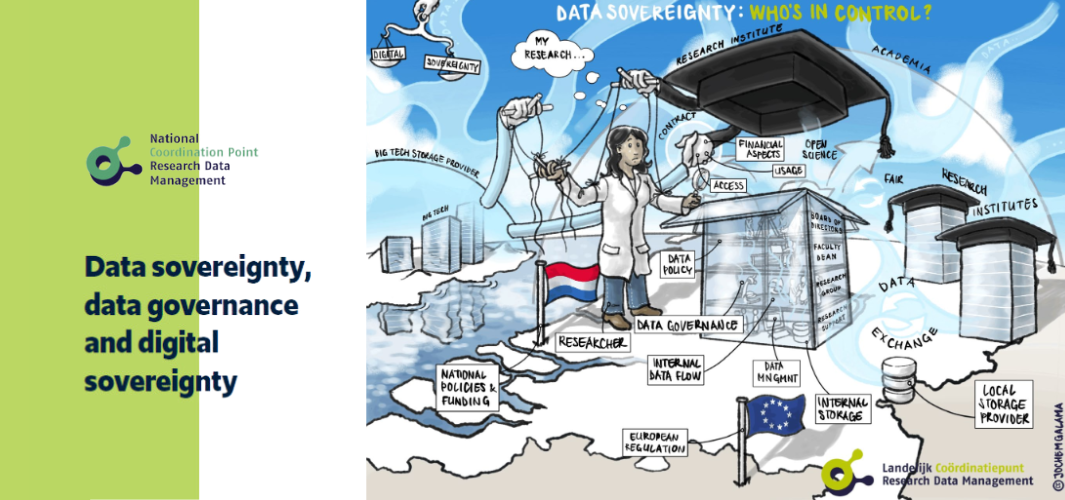Those who produce research data, advise on it or make policy for it can deal with the question around ownership and responsibility of the data. Moreover, finding a balance between making the data as open as possible with retaining some control over it is also an important issue. The LCRDM report, written by a task group in which DANS provided its expertise on research data management, addresses these issues.
People often assume that a research data producer (i.e. a researcher) ‘owns’ the data they produce. However, it is often the case that if one produces data as part of an employment, that it is the employer who ‘owns’ the data. As the report also highlights, legally speaking data (or rather the raw data) cannot be owned, and it is better to speak of who is responsible for the data. This means the data is not the responsibility of the employee but of the employer: it is the employer who needs to ensure the data can be managed well, and who is responsible for paying, for example, for a storage or secure data sharing solution.
Handy tools are available for working on research data and sharing it with others. But where does the data you put in ‘the cloud’ get stored? This affects which laws apply to it, and in the case of personal data you may not be allowed to store it in this location, like, outside the EU. The LCRDM report also focuses on digital sovereignty, which is a large topic best tackled on an international and national level. Nonetheless, the report raises awareness of why institutions and individuals may want to look into this and how they can start to increase their digital sovereignty.
Read the entire LCRDM report here.

